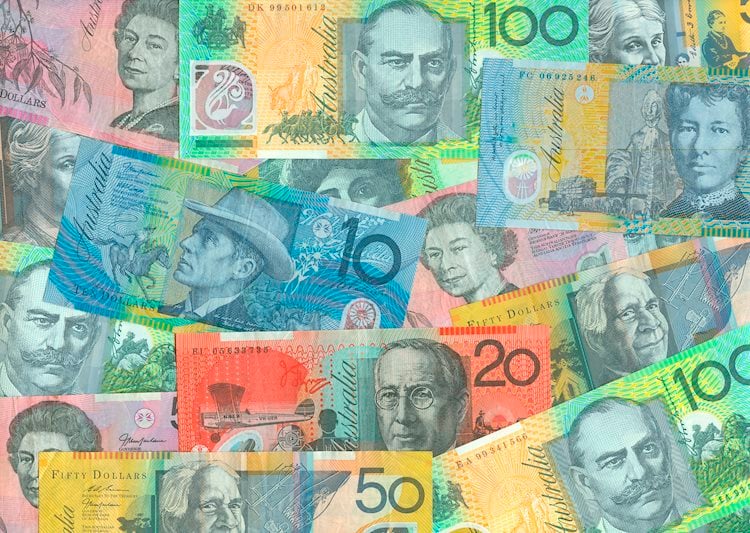After a three-day slump, the AUD/USD is edging down inside a 10-pip range.
Despite the virus’s recurrence, Australia maintains local lockdowns and severe border restrictions.
Risk aversion, positive data, and quarter-end moves all help the US dollar.
Risk catalysts, such as China’s Caixin Manufacturing PMI and Australia’s Trade Balance, will provide immediate direction.
In the early Asian morning on Thursday, the AUD/USD seesaws at 0.7500, taking a respite after a three-day drop to a weekly low. The recent decline in the Australian dollar could be attributed to the coronavirus (COVID-19) outbreak in Australia, as well as the US currency’s overall strength.
As the Australian nation suffers with the Delta variant epidemic, major parts of Queensland, New South Wales, the Northern Territory, and Western Australia are experiencing local lockdowns with severe border controls. While the incidents are mainly related and traceable, states have criticized the federal government for neglecting the AstraZeneca vaccine for blood clotting issues. It’s worth mentioning that a 4.0 percent vaccination rate in Australia encourages Canberra to hurry up its jabbing.
Aside from the covid worries, the AUD/USD pair has been weakened by China’s weaker-than-expected official PMIs and the optimistic US ADP Employment Change for June.
The strength of the US dollar, which concluded Q2 2021 with the greatest monthly gains in 4.5 years, also adds to the pair’s downside. While optimistic economic data supports expectations for a better US NFP and keeps the dollar strong, uncertainties about the Fed’s future move and hawkish Fedspeak add to the greenback’s strength. Robert Kaplan of the Federal Reserve recently confirmed his hawkish attitude, saying, “I’d prefer to taper sooner than the end of the year.”
Wall Street had a mixed performance among these moves, as US 10-year Treasury yields fell 1.2 basis points to 1.468 percent. In addition, the US Dollar index (DXY) reached its highest level since early April.
Looking ahead, the May trade statistics from Australia and the June Caixin Manufacturing PMI from China, as well as covid updates and other risk-related headlines, will provide immediate direction for the pair. However, the US ISM Manufacturing PMI and Jobless Claims for the day will be closely watched because they will provide further insight into tomorrow’s US Nonfarm Payrolls (NFP).
Forecasts suggest a mixed reaction to Australian and Chinese data, keeping the AUD/USD under pressure to the yearly low amid negative qualitative drivers. Any negative surprises in the US statistics, on the other hand, could cause the pair to consolidate later in the day.
A decline from the 0.7600 level follows a definite drop past the 200-day moving average, keeping AUD/USD bears focused on the year low near 0.7475 and the high around 0.7415 in August 2020. Meanwhile, any bounce below the 0.7565 level, which includes the 200-DMA, is meaningless./n





